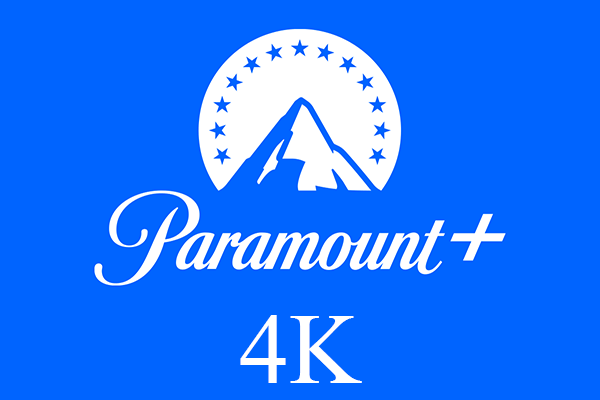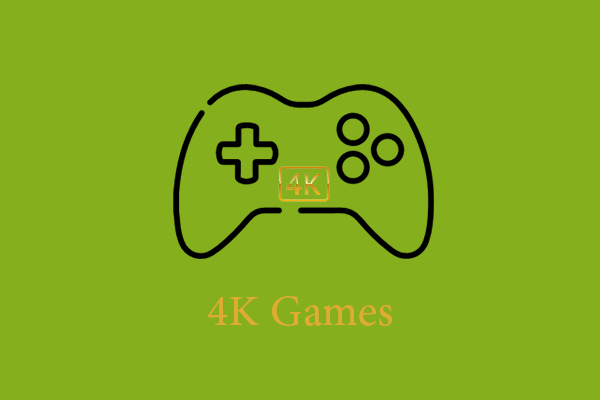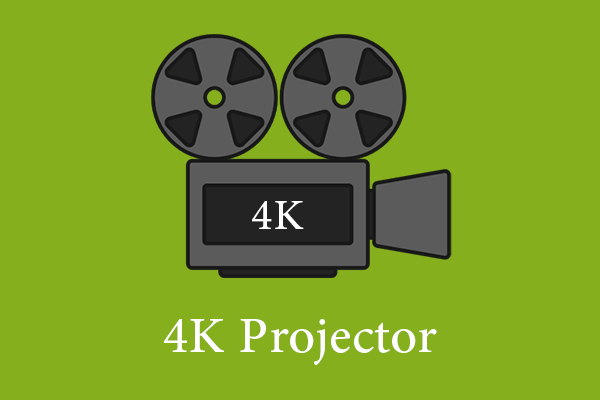Streaming has transformed the way we consume media, allowing us to access a vast array of movies, TV shows, and live events at our fingertips. As technology advances, streaming services have begun to embrace 4K resolution, also known as Ultra HD (UHD), to provide viewers with an even more immersive and visually stunning experience. In this article offered by MiniTool movie-making application, we will explore what 4K streaming is, the best devices for 4K streaming, popular 4K streaming services, 4K stream bandwidth requirements, and the future of this exciting technology.
What is 4K Streaming?
4K streaming refers to the process of delivering content in a resolution of 3840×2160 pixels, four times the resolution of standard high-definition (HD) content. This higher pixel density results in sharper details, more vibrant colors, and an overall enhanced visual experience. To enjoy 4K streaming, you’ll need a compatible display device, such as a 4K TV or monitor, that can support this resolution.
Best 4K Streaming Devices
Several streaming devices offer excellent 4K streaming capabilities. The Roku 4K Streaming Stick, for example, is a popular choice that provides seamless streaming in 4K resolution with a user-friendly interface. Another option is the Amazon Fire TV Stick 4K, which offers access to a wide range of streaming services and supports Dolby Vision for stunning HDR visuals. The Apple TV 4K is also highly regarded for its integration with the Apple ecosystem and its ability to handle 4K streaming with ease.
Best 4K Streaming Services
Numerous streaming services offer a growing selection of 4K content. Netflix, one of the pioneers in 4K streaming, provides a vast library of movies, TV shows, and documentaries in Ultra HD. Amazon Prime Video offers a mix of original series, movies, and licensed content in 4K, including some titles with support for High Dynamic Range (HDR) formats like Dolby Vision and HDR10+. Other notable services include Disney+, Hulu, HBO Max, and YouTube, all of which offer 4K streaming options for various types of content.
4K Streaming Bandwidth Requirements
To stream 4K content smoothly, you’ll need a stable Internet connection with sufficient bandwidth. Streaming in 4K generally requires a higher data transfer rate compared to HD streaming. As a rough guideline, a minimum Internet speed for 4K streaming of 25 Mbps is recommended. However, to ensure a buffer-free experience, higher speeds, such as 50 Mbps or more, are ideal. It’s worth noting that streaming services may adjust the quality based on 4K streaming Internet speed, so having a faster connection can result in better video quality.
4K Streaming and Content Availability
Streaming services are continually expanding their 4K content libraries, offering a diverse range of movies, TV shows, and even live sports in this resolution. Many major films are now released simultaneously on streaming platforms in 4K, allowing viewers to enjoy the latest blockbusters from the comfort of their homes. Additionally, some services offer 4K sports live streams, providing an immersive and detailed viewing experience for sports enthusiasts.
Future of 4K Streaming
As technology progresses, 4K streaming is expected to become even more prevalent. With the introduction of new video codecs and advancements in Internet infrastructure, streaming services will likely continue to enhance the quality of their content. The adoption of higher dynamic range formats, such as Dolby Vision and HDR10+, will further enhance the visual experience, bringing more vivid colors and improved contrast to 4K streaming.
How to set up Roku streaming stick 4K?
To do Roku streaming stick 4K setup, just follow the below straightforward process.
- Connect the 4K Roku Streaming Stick to your TV: Insert the stick into an available HDMI port on your TV. If your TV has limited space around the HDMI ports, you can use the included HDMI extender cable to ensure a proper fit.
- Power the device: Connect the Roku Streaming Stick 4K to a power source using the included USB cable and power adapter. You can use a USB port on your TV or plug it into a wall outlet.
- Set the input/source on your TV: Use your TV remote to switch to the corresponding HDMI input where you connected the stick.
- Turn on the Roku remote: Open the battery compartment on the Roku remote and insert the included batteries. The remote should power on automatically.
- Pair the remote: Once the remote is powered on, it should automatically pair with the 4K Roku Streaming Stick. If it doesn’t, press and hold the pairing button located inside the battery compartment for a few seconds until the pairing process starts.
- Select the language: On your TV screen, you’ll be prompted to select the language you prefer. Use the Roku remote’s arrow buttons to navigate the on-screen menu and press the OK button to confirm your selection.
- Connect to the Internet: Choose your Wi-Fi network from the list of available networks on the screen. Enter your Wi-Fi password using the on-screen keyboard and press OK to connect.
- Update software: Once connected to the Internet, the Roku Streaming Stick 4K will automatically check for any available software updates. If there are updates, allow the device to download and install them.
- Sign in or create a Roku account: If you already have a Roku account, sign in using your credentials. If you don’t have an account, follow the on-screen instructions to create one. You may need to provide a payment method, even for free channels, to facilitate future transactions.
- Customize your settings: Once signed in, you can personalize your Roku experience by choosing settings like screen mirroring, theme, and channel preferences.
- Add channels: Roku offers a wide range of channels to choose from. Browse the Roku Channel Store on your TV screen and select the channels you want to add. Some channels are free, while others may require a subscription.
- Enjoy streaming: After adding your desired channels, you can start exploring and streaming content on your 4K Roku Streaming Stick. Use the Roku remote to navigate the channels, select content, and control playback.
To Wrap Things Up
In conclusion, 4K streaming has revolutionized the way we enjoy media, providing an unprecedented level of visual detail and clarity. With the availability of 4K streaming services and the advancements in streaming devices, viewers can now access a wide range of 4K content from the comfort of their homes.
4K Streaming FAQ
Also Read
- Understanding the Battle of Display Technologies: OLED vs 4K vs QLED vs LED vs SUHD
- The Evolution of 4K Encoders and Decoders: Revolutionizing Video Streaming
- 4K vs 5K: Exploring the Differences and Choosing the Right Monitor
- 720P vs 4K: Understanding the Differences and Making the Right Choice
- Xfinity 4K Box Full Review: Benefits, Channels, Value, Apps…





User Comments :